Partnerships play key role in journey to autonomous trucks
The journey toward highly autonomous trucks continues, and there seems to be no shortage of paths to get there.
Most of today’s test fleets focus on jurisdictions like New Mexico, Arizona and Texas, where routes are clear, and any snow or ice is a meteorological freak of nature. And with few exceptions, “safety drivers” remain within reach of the controls as the early vehicles complete their digitally driven business — largely in the form of well-defined, hub-to-hub, on-highway shipments.
But that’s where many similarities end. Autonomous vehicle systems are anchored in unique software stacks that read the world around them by drawing on a mix of camera images, radar signals, Lidar pulses, and artificial intelligence. And the underlying tests have seen an array of partnerships incorporating known and emerging suppliers and fleets alike.
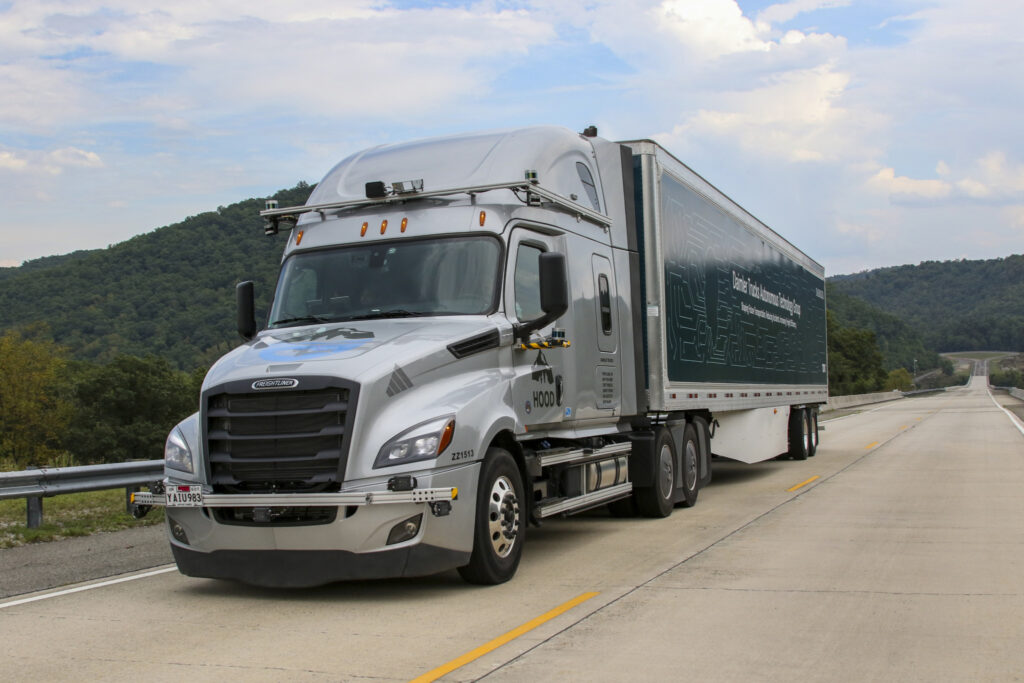
Daimler Truck has gone so far as to embrace a dual strategy. While it runs Torc Robotics as an independent subsidiary, Waymo (formerly known as Google’s self-driving car project) also has access to the OEM’s autonomous truck platform — a Freightliner Cascadia equipped with redundant braking, steering, low-voltage power network and communications systems.
Backup protection and technology
Such features reflect just how complex the technology can be. Today’s truck models offer some mix of SAE Level 2 autonomous features, such as autonomous emergency braking, adaptive cruise control, or lane keeping assist. But Level 4 trucks, which essentially drive themselves in defined situations, will be a different animal entirely.
“You need to ensure that backup protection with the proper technology and systems,” said Joanna Buttler, head of Daimler Truck’s global autonomous technology group, during a briefing at the Manifest trade show in Las Vegas. On the Cascadia, that amounts to 1,500 new and unique requirements. “It’s not just tweaking a system here and there.”
“You don’t do that by giving someone your series production truck.”
– Joanna Buttler, Daimler Truck
For example, a 48-volt alternator is being packaged with a 12-volt counterpart, supporting the power for computing needs and traditional vehicle electrical demands. Layered onto that will be a dozen entirely new parts, ranging from the braking system’s electronic control unit to a new steering motor, an upgraded wiring harness, and power network components.
“Having a partner that you can work with day in, day out on the entire development cycle – from defining the requirements to validating the system – is critical,” Buttler added. “You don’t do that by giving someone your series production truck.”
She is confident that true Level 4 trucks will be on the road by the end of the decade, initially limited to specific routes, weather conditions, or vehicle configurations. “The goal is ultimately to be able to cover all the U.S. interstate highways.”
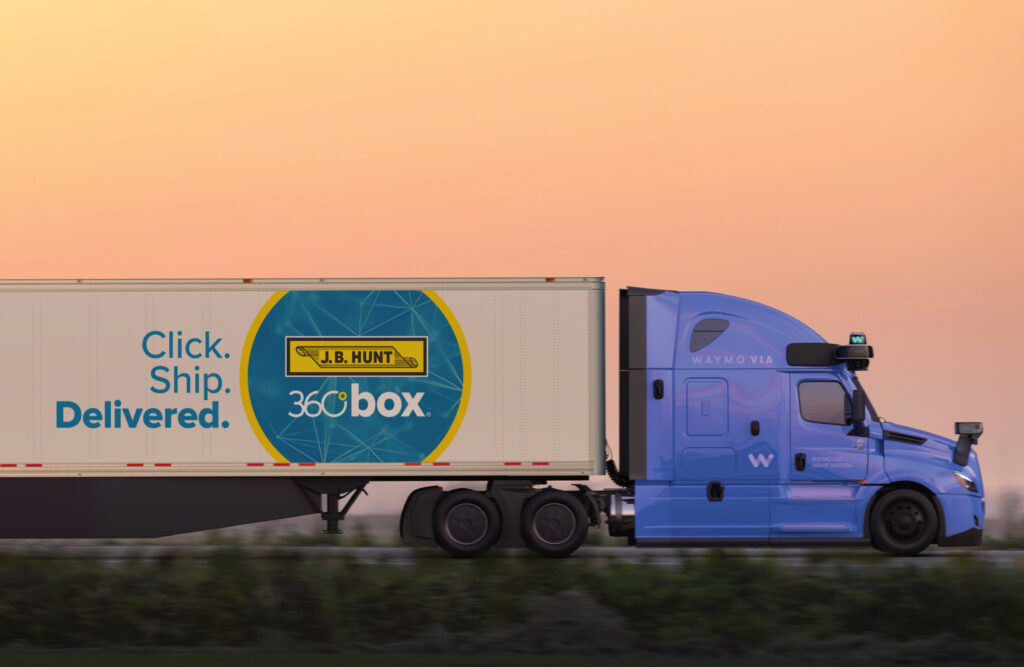
Benefits for fleets
Buyers, however, will ultimately decide which systems emerge as the victors.
“Whoever has the best performance, best efficiency, best uptime will be the leading offering in the market,” Buttler said.
JB Hunt chief sustainability officer and executive vice-president Craig Harper is among believers that there will be benefits to be had, and sooner than some people think.
When he began researching autonomous vehicles in 2016, he faced comments like “not in our lifetime” from internal staff and OEMs alike. Just a few years later, the conversations now involve questions of which systems will emerge first.
“All of these solutions have to be commercially viable.”
– Craig Harper, JB Hunt
As important as the race for first place will be, however, the work also needs to be anchored in reality.
“All of these solutions have to be commercially viable,” Harper stressed during a panel discussion at Manifest. “If the company is not sustainable in the long run, we’re not going to do anyone any good.”
In the words of James Reed, a former USA Truck executive who is now chief operating officer at Kodiak Robotics: “It can’t just be a science experiment.”
“It can’t just be cool,” said Brian Stuelpner, Schneider’s vice-president of strategy, planning and architecture. The autonomous technologies must be practical and cost-effective as well.
And Buttler offered another caveat: “Where no one should differentiate is the safety aspect,” she said. “No one wins in this market if any of the other providers has an incident.”
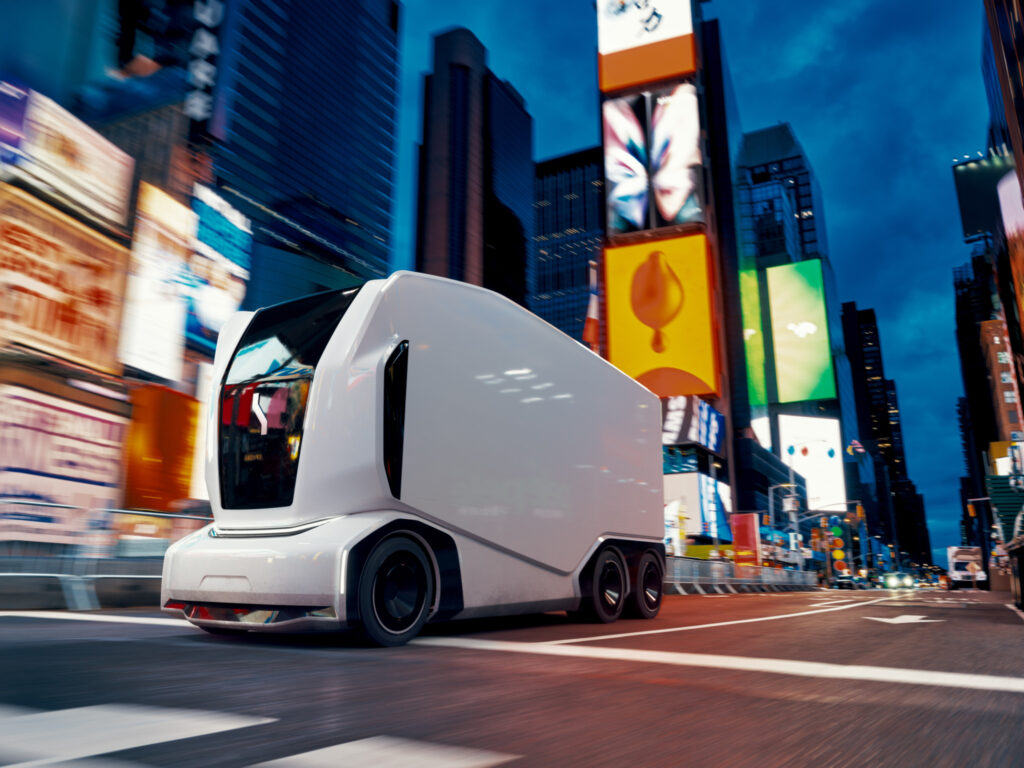
When will autonomous trucks be available?
The question, then, is where autonomous trucks will emerge at any scale.
While stressing the underlying technology is “here” and “now”, Reed doesn’t expect to see every truck running autonomously with the flick of a switch. “I don’t think people need to be ready today. I think they need to be contemplative of the future,” he said.
Peter Vaughan Schmidt, CEO of Torc Robotics, agreed that manual and automated trucks will run in parallel for many years.
“It won’t come overnight. You won’t see, Day 1, 10,000 of these trucks,” he said. “It will really sneak in. People can get used to it … It will be a lot of work for us, for partners, to educate society and drivers.”
In the meantime, early versions on the road have a role to play as rolling laboratories.
“Through the pilots [with Torc Robotics], we’re trying to learn as much as we can, not just about the technology and the operations and the processes that go on with it, but also about our partners,” Stuelpner said.
“We, as carriers, have a responsibility to the motoring public to move freight safely. We need to help our customers deliver on their promises safely. So for us, safety’s Number 1. The technology has to work. It has to be reliable. That is why we’re doing these pilots. We want to be at the forefront.”
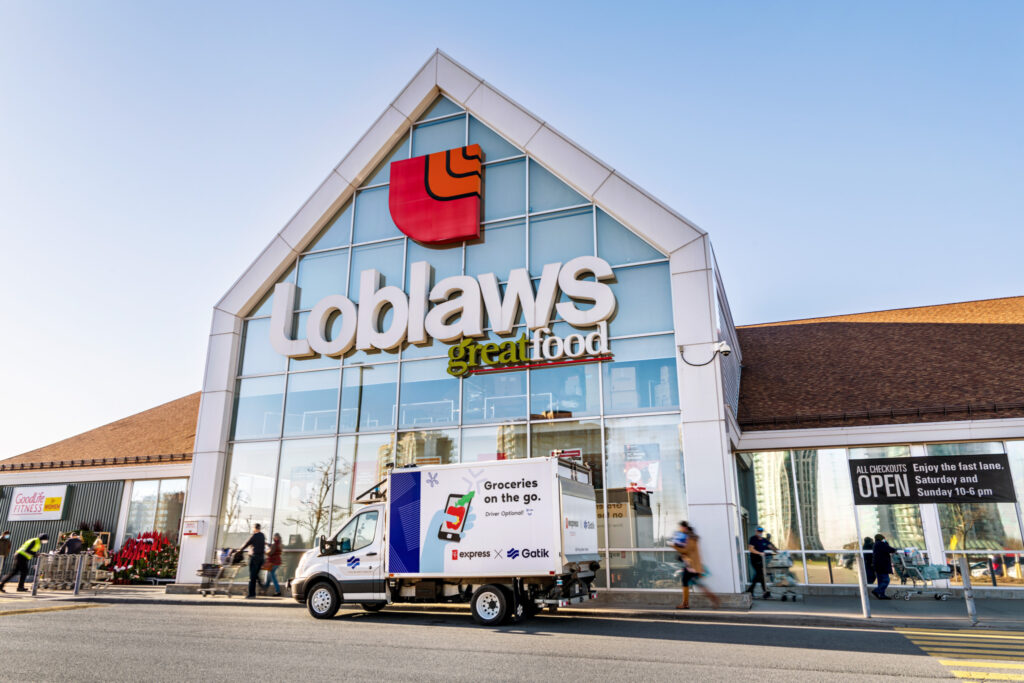
Autonomous benefits today
Some of the journey’s safety-related benefits have already been realized.
“One place that we spend a lot of our time, that I think gets overlooked often, is in Level 2 and really the enhancement of safety,” said Adam Buttgenbach, PepsiCo’s director – fleet engineering and sustainability. “Autonomy has brought a lot of this technology and helped it evolve much quicker than it would on its own, and that’s the way you see an immediate impact today.
“Rather than just having a truck going down the road and have a lane departure warning, we’ve actually got a truck that can do ‘lane keep’ and help keep that vehicle on the road,” he said. “Instead of having a collision warning it’s actually collision avoidance. So when we think about autonomy, it’s just not autonomous driving, it’s enhancement of the fleet today and the benefits of safety.”
Steve Hornyak, chief commercial officer at BrightDrop, sees the work to come as an evolution. In some cases, the brand’s electric vehicles might deliver the benefits in the form of a driver-friendly system. In other cases the vans might shuttle about in a fully autonomous mode. But even in the latter case he expects some limits.
“Getting it up to someone’s doorstep through robotics is hard. It’s actually really hard,” he said. “There’s a lot of people that have tried and failed in that area.”
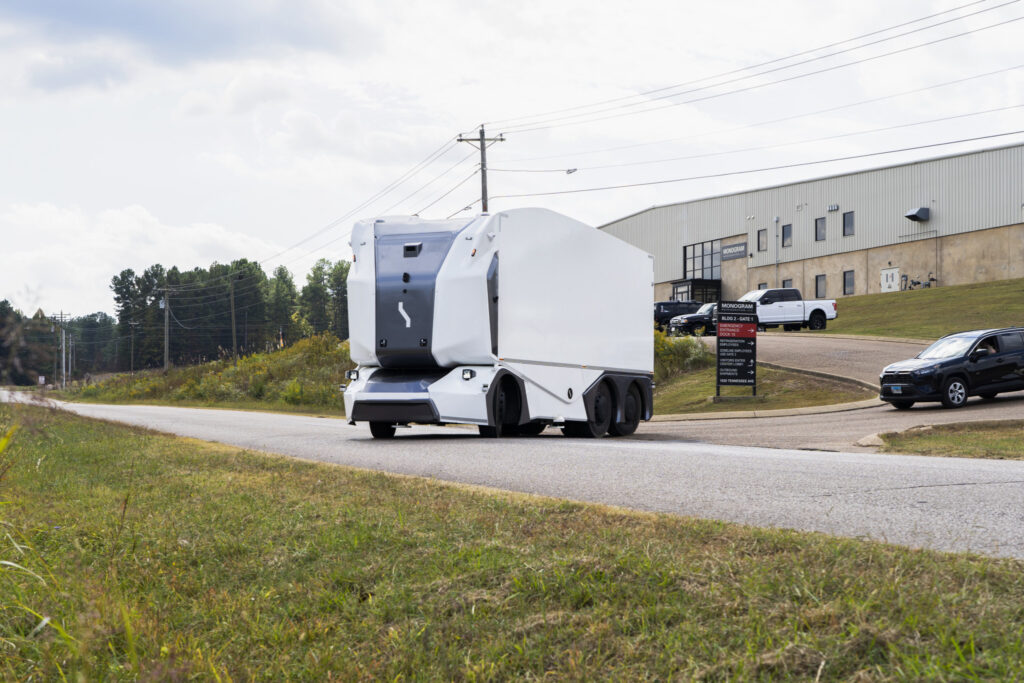
Real-world autonomous vehicle tests
The potential operational gains are not even limited to a future when highly autonomous trucks are not constrained by Hours of Service.
GE Appliances is partnering with Einride in an autonomous vehicle test that shuttles goods between a warehouse and factory in Tennessee. And Harry Chase, GE Appliances’ senior director – central materials, expects the future return on investment to involve new ways of synchronizing the supply chain. It’s why his company’s coming tests will also incorporate self-driving forklifts and an automated dock.
It’s just one example of the ideas that can emerge when the new technologies are introduced to real-world environments.
“What is all possible once the technology really hits the road and is reliable?” said Torc’s Vaughan Schmidt. “Just think about how you even could restructure logistics networks if, all of a sudden, Hours of Service is no limitation anymore. Goods could arrive much faster.”
“With digitization comes great opportunities,” said Niklas Reinedahl, Einride’s general manager – North America. For example, the data associated with real-world freight can generate heat maps to focus decisions about early investments and infrastructure.
Drawing a radius around an industrial company will identify many opportunities, he said. “You have a lot of Tier One suppliers which are a lot of fixed routes, pretty high utilization.”
“You really are kind of building on old infrastructure with new technology.”
– Darryl Keeton II, Sensagrate
The challenge here is that many fleets are still reluctant to share the data that would help developers.
Robyn Marquis, Calstart’s director – innovative mobility, referred to a large shipper that wanted Santa Monica to expand the number of the municipality’s smart parking spaces. But the shipper wouldn’t share information about the hot spots where vehicles are already parking. In contrast, a third-party logistics provider in New York was very open, meaning the local Department of Transportation was more likely to agree to requests, she said.
It’s not the only way that autonomous vehicles could reshape the areas where they operate.
“It’s not just some vehicles on the roads. You’re also going to have drones coming in from the sky, landing into your properties,” said Darryl Keeton II, president and founder of Sensagrate, a business that offers real-time traffic analysis for projects in Arizona and California. “You’re also going to have robots on the sidewalk. So how do you start taking this data to understand the ecosystem as a whole?”
“Not every city or even block is built the same,” he added. “You really are kind of building on old infrastructure with new technology.”
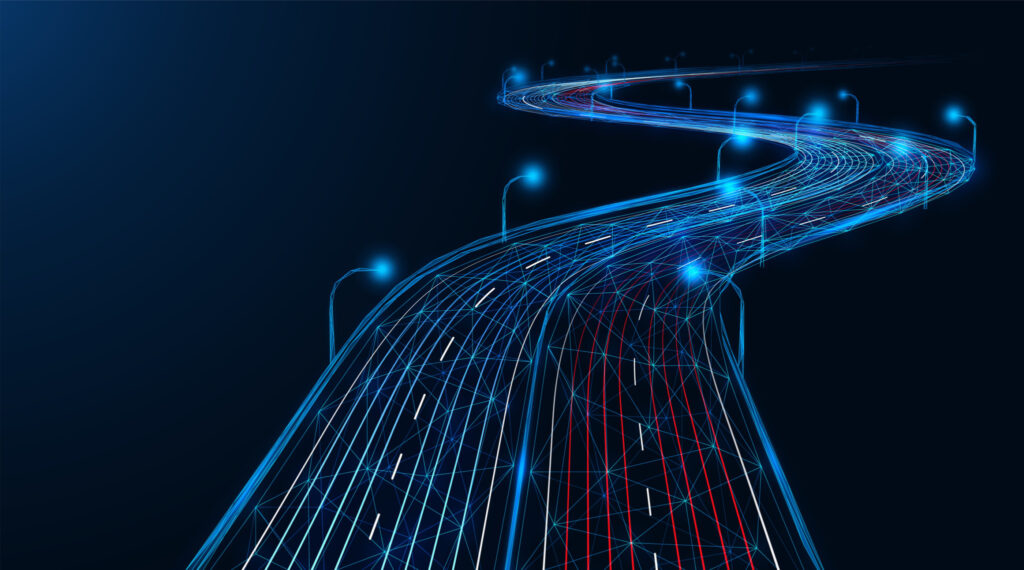
Shared data and security
Of course, any efforts to share data will introduce new security demands as well.
Silvio Memme, director – automotive and AV partnerships with Cavnue, stressed that his company’s roadside sensors only collect information that is not personally identifiable. The advantage is that such data can be openly shared with transportation departments to better understand traffic flows and guide decisions about roads.
“What if we were able to simplify the operating domain for these vehicles?” Memme asked. “Right now, all of the tech burden is being placed on the vehicle itself, be it a truck, be it a passenger car.”
Perhaps some better-designed infrastructure could help.
“If we can simplify the operating domain for any type of automated vehicle, we will be able to bring those vehicles to our roads more quickly, more safely,” he said, referring to decisions involving factors such as siting, lane markings, signage, barriers, and steps to ensure the roads are properly cleared.
“What does it mean for the design of a city? What does it mean to not necessarily have to have a parking lot to be able to fit all of these vehicles?” Memme said. After all, autonomous vehicles would not need to be parked for hours on end.
“What does it mean for the design of a city?”
– Silvio Memme, Cavnue
Cavnue is even working on cooperative adaptive cruise controls that connect cars and buses to infrastructure rather than relying on vehicle-to-vehicle signals alone. “There’s also the different use cases on the trucking side as well,” he said, referring to how trucks could be warned about road debris two kilometers before it’s encountered.
As different as all the technologies and approaches may be, the example shows that discussions continue to be anchored in the need to improve highway safety.
“This technology should improve safety in the market. We see too many fatal crashes still today,” says Daimler’s Buttler. “Any one life saved is worth all the effort.”
Have your say
This is a moderated forum. Comments will no longer be published unless they are accompanied by a first and last name and a verifiable email address. (Today's Trucking will not publish or share the email address.) Profane language and content deemed to be libelous, racist, or threatening in nature will not be published under any circumstances.